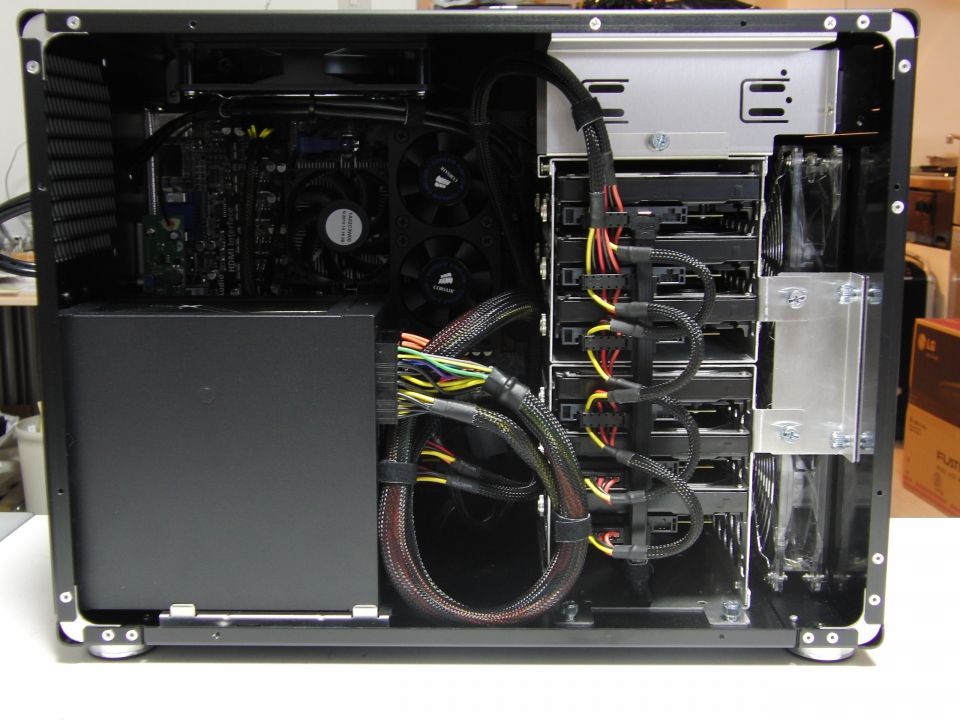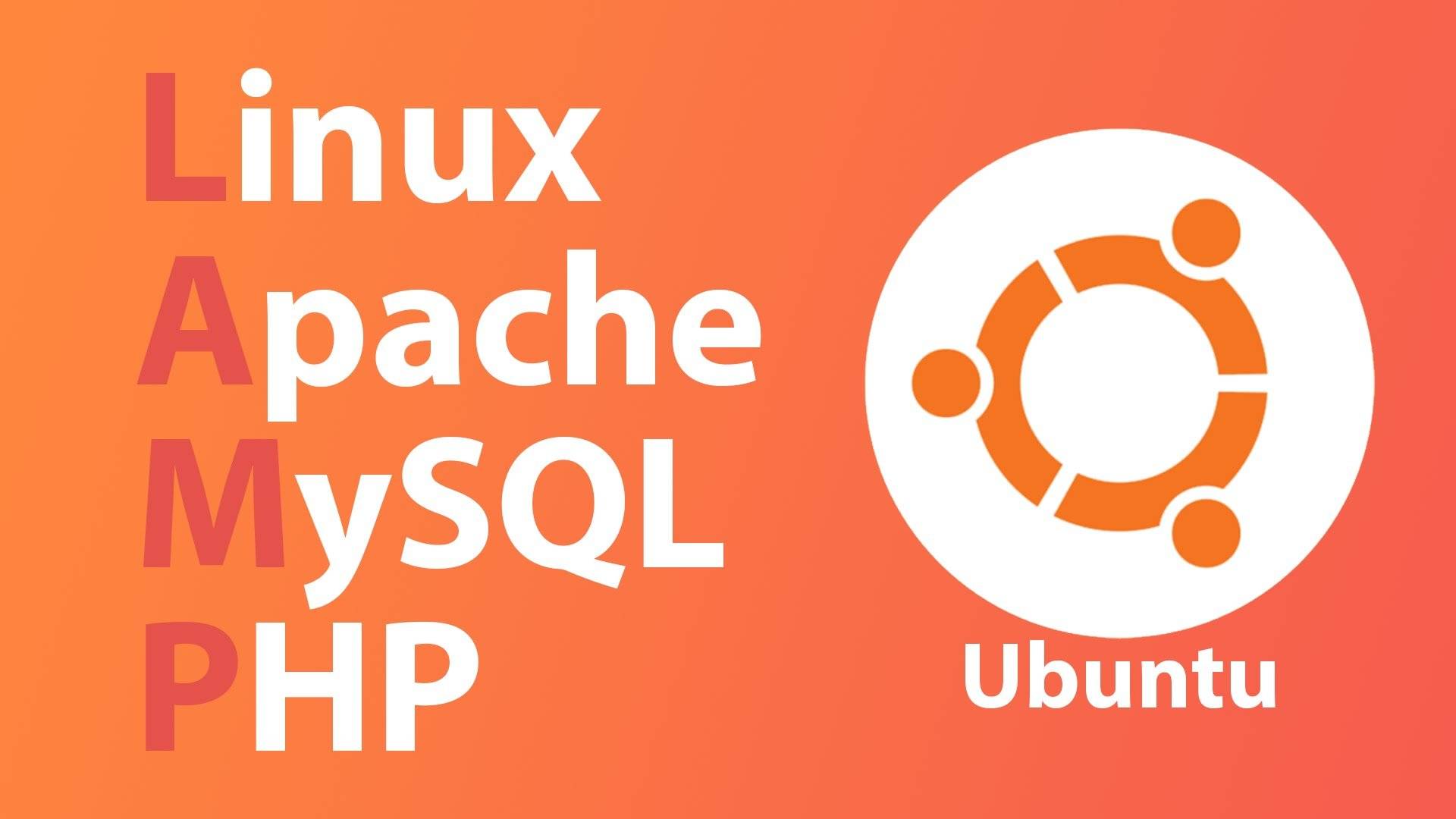WP-CLI is a command line interface which allows the users to manage their WordPress web sites from the command prompt. Upgrades can be performed, backups can be generated, new posts can be published and most of the regular admin actions can be performed with a set of commands.
This tutorial explains how to use the WP command line interface in order to complete regular administrative tasks like upgrades, database backup creation, plugins and themes installations and removals, publishing and deleting posts, changing site’s URL settings and getting help on chosen commands. Once complete, you should be able to combine WP-CLI with Bash, Perl or any other scripting language to create powerful web applications.
Note that the template WordPress Server (with WP-CLI) found in Xen Orchestra (obviously) comes with WP-CLI already installed. Fire up an instance for use when following the below.
List the Available WP-CLI Commands
To list all the commands write “wp help” or just “wp”. The following list will be shown:
akismet Filter spam comments cache Manage the object cache cap Manage user capabilities checksum Verify WordPress core checksums cli Review current WP-CLI info, check for updates, see defined aliases comment Manage comments config Manage the wp-config.php file core Download, install, update and manage a WordPress install cron Manage WP-Cron events and schedules db Perform basic database operations using credentials in wp-config.php eval Execute arbitrary PHP code eval-file Load and execute a PHP file export Export WordPress content to a WXR file help Get help on WP-CLI, or on a specific command import Import content from a WXR file jetpack Control your local Jetpack installation media Import new attachments or regenerate existing ones menu List, create, assign, and delete menus option Manage options package Manage WP-CLI packages plugin Manage plugins post Manage posts post-type Manage post types rewrite Manage rewrite rules role Manage user roles scaffold Generate code for post types, taxonomies, plugins, child themes, etc search-replace Search/replace strings in the database server Launch PHP's built-in web server for this specific WP install sg Manage SiteGround Cache sgphpcompat Test compatibility with different PHP versions shell Interactive PHP console sidebar Manage sidebars site Perform site-wide operations super-admin Manage super admins on WordPress multisite taxonomy Manage taxonomies term Manage terms theme Manage themes transient Manage transients user Manage users widget Manage sidebar widgets
If you want to get detailed documentation, for example for the “wp db export” command, enter the command listed below:
wp help db export
The result will be as follows:
NAME wp db export DESCRIPTION Exports the database to a file or to STDOUT. SYNOPSIS wp db export [<file>] [--<field>=<value>] [--tables=<tables>] [--exclude_tables=<tables>] [--porcelain] ALIAS dump Runs `mysqldump` utility using `DB_HOST`, `DB_NAME`, `DB_USER` and `DB_PASSWORD` database credentials specified in wp-config.php. OPTIONS [<file>] The name of the SQL file to export. If '-', then outputs to STDOUT. If omitted, it will be '{dbname}.sql'. [--<field>=<value>] Extra arguments to pass to mysqldump [--tables=<tables>] The comma separated list of specific tables to export. Excluding this parameter will export all tables in the database. [--exclude_tables=<tables>] The comma separated list of specific tables that should be skipped from exporting. Excluding this parameter will export all tables in the database. [--porcelain] Output filename for the exported database. EXAMPLES # Export database with drop query included $ wp db export --add-drop-table Success: Exported to 'wordpress_dbase.sql'. # Export certain tables $ wp db export --tables=wp_options,wp_users Success: Exported to 'wordpress_dbase.sql'. # Export all tables matching a wildcard $ wp db export --tables=$(wp db tables 'wp_user*' --format=csv) Success: Exported to 'wordpress_dbase.sql'. # Export all tables matching prefix $ wp db export --tables=$(wp db tables --all-tables-with-prefix --format=csv) Success: Exported to 'wordpress_dbase.sql'. # Skip certain tables from the exported database $ wp db export --exclude_tables=wp_options,wp_users Success: Exported to 'wordpress_dbase.sql'.
Update WordPress via WP-CLI
First, you need to check the current version of WordPress that you have:
username@servername [~/WordPress/location]# wp core version 4.8
f you would like to upgrade your WordPress core to a newer version, you can do that via the following command:
username@servername [~/WordPress/location]# wp core update Updating to version 4.8.1 (en_US)... Downloading update from https://downloads.wordpress.org/release/wordpress-4.8.1-partial-0.zip... Unpacking the update... Success: WordPress updated successfully.
Update WordPress Plugins using WP-CLI
If you would like to upgrade any additional plugins or themes on your WordPress website, you could do that with WP-CLI. To check for example the status of the currently installed plugins, use this command:
username@servername [~/WordPress/location]# wp plugin list +----------------+----------+-----------+---------+ | name | status | update | version | +----------------+----------+-----------+---------+ | akismet | active | available | 3.3.2 | | google-captcha | active | none | 1.31 | | hello | inactive | none | 1.6 | | jetpack | active | none | 5.3 | | sg-cachepress | active | none | 3.3.2 | +----------------+----------+-----------+---------+
We have 5 plugins integrated in our sample installation. There is an upgrade for one of them. To perform an upgrade for that plugin, the following command can be used:
username@servername [~/WordPress/location]# wp plugin update akismet Enabling Maintenance mode... Downloading update from https://downloads.wordpress.org/plugin/akismet.3.3.4.zip... Unpacking the update... Installing the latest version... Removing the old version of the plugin... Plugin updated successfully. Disabling Maintenance mode... +---------+-------------+-------------+---------+ | name | old_version | new_version | status | +---------+-------------+-------------+---------+ | akismet | 3.3.2 | 3.3.4 | Updated | +---------+-------------+-------------+---------+ Success: Updated 1 of 1 plugins.
Install and Activate WordPress Plugins & Themes via WP-CLI
To install and activate a new plugin, execute the commands listed below:
wp plugin install Plugin_Name wp plugin activate Plugin_Name
You should replace the “Plugin_Name” string with the exact plugin name.
Other Tasks you Can do With WP-CLI
You can write posts directly from the command line. To create a post, use the following command:
username@servername [~/WordPress/location]# wp post create --post_type=page --post_status=publish --post_title='My test post' --post_content='This is a test post' Success: Created post 18.
If you do not need a certain post you can easily delete it:
username@servername [~/WordPress/location]# wp post delete 18 Success: Trashed post 18.
Example Use Case
This example script could automatically download, configure, and install WordPress core, remove starting plugins, add and activate a specified theme (saved in example-theme.zip), then install and activate a list of plugins you’d prefer to use with new installations.
#!/usr/bin/env bash #plugins to install and activate (slugs) WPPLUGINS=( test-plugin1 test-plugin2 test-plugin3 ) echo "Starting WordPress Installation Script" # Site Name Input echo "Site Name: " read -e sitename # Site URL Input echo "Site URL: " read -e siteurl # Download WP and configure it wp core download wp core config --dbname=$dbname --dbuser=root --dbpass=root wp db create wp core install --url=$siteurl --title="$sitename" --admin_user="admin" --admin_password="examplePassword123" --admin_email="test@example.com" # Remove default plugins, install plugins, install Base Theme wp plugin delete --all wp theme install example-theme.zip --activate wp plugin install ${WPPLUGINS[@]} --activate echo "WordPress installation complete!"
Actually, something quite like this is used by Computer Services to create new WordPress installs for students on the department server.
More details on WP-CLI can be found through the help command and the project’s home page.






